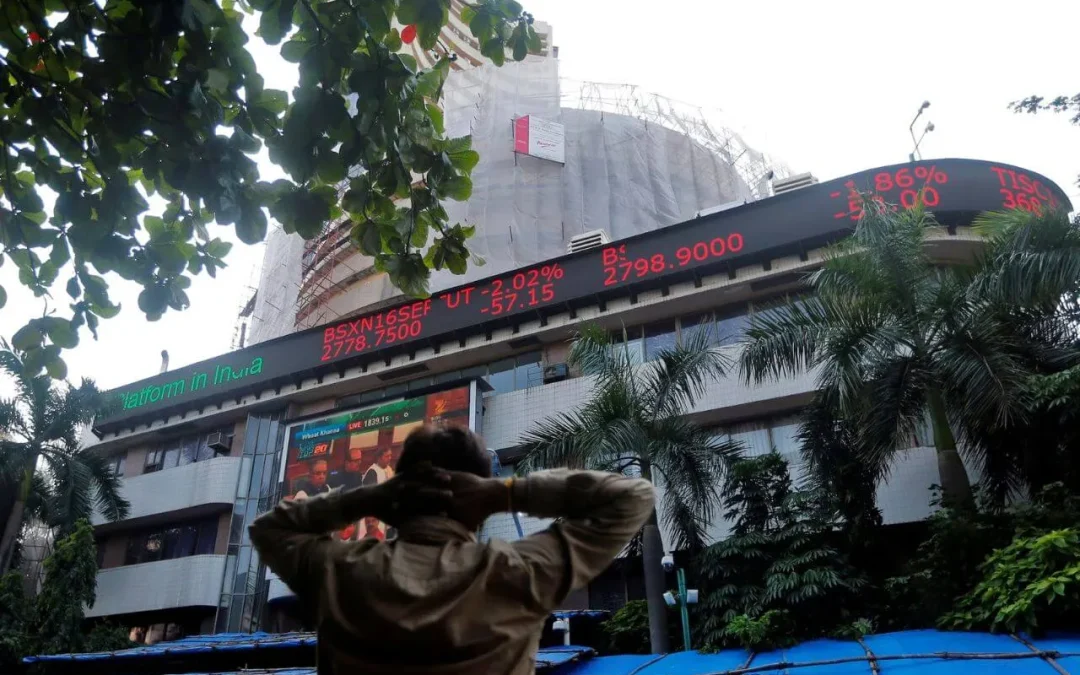Synopsis:
Blue Star fell sharply after the company cut its FY26 revenue growth guidance from 5% to flat. Despite stable margins and a robust order book, investor concerns were sparked by weak festive demand, high inventory levels ahead of new energy norms, and a slow AC market.
The shares of this leading AC manufacturer plunged heavily today after the company cited that it expects a lot of uncertainties in the future, which led the company to announce certain measures that harmed the investor’s morale. In this article, we will dive more into the details.
With a market capitalization of Rs 37,201 crore, the shares of Blue Star Ltd made a day low of Rs 1,797 per share, down by 11 percent from its day’s high price of Rs 2,020.85 per share. Over the past five years, the stock has delivered a robust return of 459 percent, outperforming NIFTY 50’s return of 108 percent.
Reason Behind the Fall
Shares of Blue Star fell over 11 percent today after the company lowered its full-year revenue growth outlook to flat, down from the previous estimate of 5 percent. This change indicates that the company expects no growth in FY26, which disappointed investors and led to a rapid sell-off.
During its earnings call, management revealed that festive season sales were weak, even after the GST reduction on air conditioners. The company now has 65 days of unsold inventory that needs to be cleared before new energy rules take effect in January 2026. This situation puts pressure on pricing and profits in the short term.
Blue Star also pointed out uncertainty about tariffs and a drop in consumer demand, predicting that the overall Room AC industry could decline by 15 percent this year. Although the company expects to do better than the industry and keep margins around 7 to 7.5 percent, the flat revenue guidance and sector slowdown heavily impacted investor sentiment, resulting in today’s stock decline.
Q2 Highlights
Blue Star has reported an operating revenue of Rs 2,422 crore in Q2 FY26, representing a 6 percent growth compared to Rs 2,276 crore in Q2 FY25. However, on a quarter-on-quarter basis, it declined by 19 percent from Rs 2,982 crore.
Blue Star’s operating performance was better in Q2 FY26 as its EBITDA (excluding other income) increased to Rs 183.41 crore as compared to Rs 149.31 crore in the same quarter last year. Consequently, its EBITDA margin has gone up from 6.6 percent to 7.6 percent, reflecting improved cost control and higher efficiency, although sales were weak.
Regarding its profitability, it reported a net profit of Rs 99 crore in Q2 FY26, a slight growth of 3 percent as compared to Rs 96 crore in Q2 FY25. However, on a quarter-on-quarter basis, it declined by 18 percent from Rs 121 crore.
As of September 2025, Blue Star has an unexecuted order book of Rs 7,120 crore, which grew by 8 percent when compared to Rs 6,598 crore in September 2024. And grew by 14 percent from Rs 6,263 crore in March 2025.
Blue Star’s segment performance in the second quarter of FY26 was mixed. With revenue up 16.5 percent to Rs 1,664 crore and margins improving to 8.8 percent, the Electro-Mechanical Projects and Commercial Air division experienced robust growth.
However, because of poor demand, the Unitary Products segment, which includes air conditioners, saw a 9.5 percent decline in revenue to Rs 694 crore, and margins shrank to 6.2 percent. As a result of improved cost control, the Professional Electronics and Industrial Systems segment’s revenue dropped 20 percent to Rs 64 crore, but its margin increased significantly to 9.6 percent.
Written by Satyajeet Mukherjee
Disclaimer

The views and investment tips expressed by investment experts/broking houses/rating agencies on tradebrains.in are their own, and not that of the website or its management. Investing in equities poses a risk of financial losses. Investors must therefore exercise due caution while investing or trading in stocks. Trade Brains Technologies Private Limited or the author are not liable for any losses caused as a result of the decision based on this article. Please consult your investment advisor before investing.






